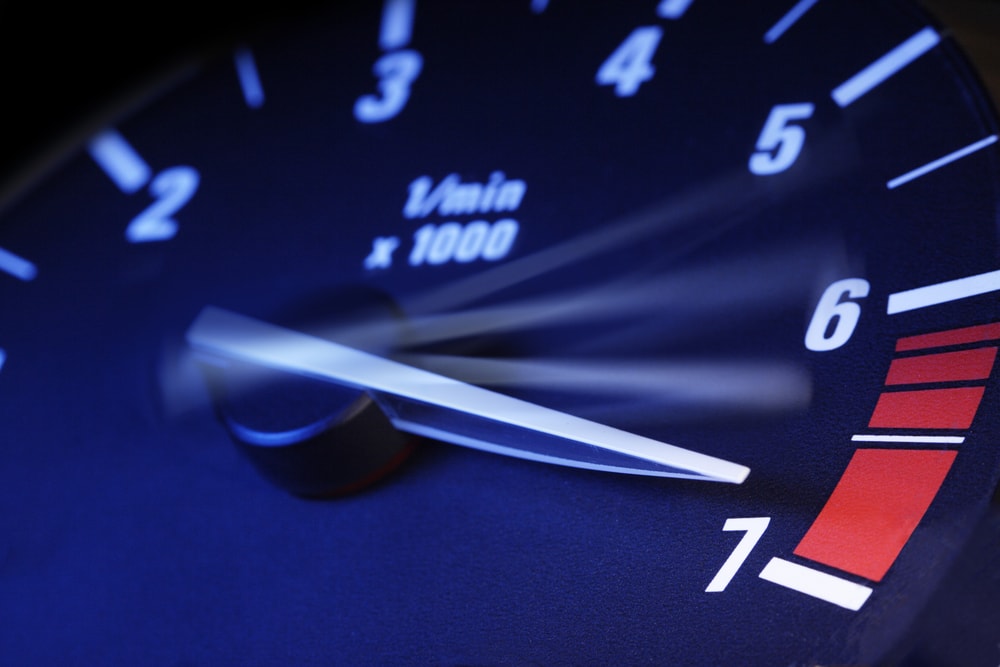
How to Connect Tachometer to Alternator: A Complete Guide
Share
If you've ever pondered how to connect tachometer to alternator, you're not alone. Whether you're a seasoned tech professional or an enthusiastic DIYer, understanding the intricacies of tachometers and alternators can significantly enhance your automotive projects. A tachometer is an essential instrument that helps measure the rotation speed of a shaft or disk, and when connected to an alternator, it provides vital information about engine performance.
In this guide, we'll cover the basics of connecting a tachometer to an alternator, essential tools required, steps to follow, and troubleshooting tips. By the end of this article, you'll be equipped with practical knowledge to tackle this task independently.

Understanding the Basics of Tachometers and Alternators
Before diving into the installation process, let's clarify the critical components involved. A tachometer measures the engine's revolutions per minute (RPM), giving you insights into engine performance. On the other hand, an alternator is responsible for generating electricity to power the electrical systems in your vehicle.
To successfully connect a tachometer to an alternator, you need to familiarize yourself with their functions. When the engine runs, it drives the alternator, and as the engine speed increases, so does the output voltage from the alternator. This correlation allows the tachometer to accurately display engine speed.
Essential Tools Needed for the Installation
The following tools will come in handy for connecting your tachometer to an alternator:
- Wire Strippers
- Soldering Iron and Solder
- Electrical Tape
- Multimeter
- Connector Pins
Step-by-Step Guide: How to Connect Tachometer to Alternator
Now that you have an understanding of the concepts involved and the tools at your disposal, lets get started on the installation process. Follow these steps carefully:
1. Choosing the Right Tachometer
Select a tachometer compatible with your alternator. Ensure it has the proper voltage and current rating to prevent any malfunction or damage.
2. Preparing Wiring Connections
Strip the ends of the wires to prepare them for connecting. Depending on your tachometer model, a green or yellow wire is typically reserved for the signal connection. Prepare each wire by connecting the appropriate pin connectors.
3. Connecting Signal Wire
Connect the tachometer signal wire to the terminal on the alternator. Make sure you've identified the correct terminal, often referred to as the tach terminal, which outputs the necessary signal for your tachometer. For a detailed look at other related connections, check out the functionality of tachometers.
4. Grounding the Tachometer
Find a solid ground point within the engine compartment. This connection is crucial for the proper functioning of the tachometer. Use the black(negative) wire from the tachometer to connect to this ground point.
5. Powering the Tachometer
Finally, connect the power (usually red) wire of the tachometer to a suitable power source, like the ignition switch. It ensures the tachometer receives the necessary voltage to operate. A comprehensive guide on testing a tachometer might be helpful, see testing methods.
Testing the Connections
After making the connections, it's important to test if everything works correctly. Start the engine and observe if the tachometer needle moves with increasing engine speed. If it does not function as expected, verify the connections. For further troubleshooting, you might want to refer to this FAQ on tachometer issues.
Troubleshooting Common Problems
If you encounter problems, here are some common issues you might come across:
- Tachometer not functioning: Check the wiring connections and grounding.
- Inconsistent readings: Ensure the right signal wire is connected. Consider double-checking the alternators output with a multimeter.
- Electrical interference: Sometimes, the signal might get disrupted due to interference from other electrical components. It's beneficial to refocus on the positioning of the wires.

Frequently Asked Questions
1. What type of tachometer should I use for my engine?
Choose a tachometer that matches your engine specifications, focusing on its voltage and RPM ranges.
2. Can I connect a digital tachometer in the same way?
Yes, the connection process is similar. Ensure that your digital tachometer is suitable for your alternator model.
3. Why is my tachometer reading high or erratic?
This may be due to a poor connection or interference. Check the wiring, and consult the installation guide for your specific tachometer model.
Connecting a tachometer to an alternator may seem complex, but with the right knowledge and tools, it can be done effectively. Always reference your specific tachometer and alternator manuals for customized guidance and safety precautions.
For additional insights into the workings of tachometers, consider visiting Britannica's article on tachometers.
